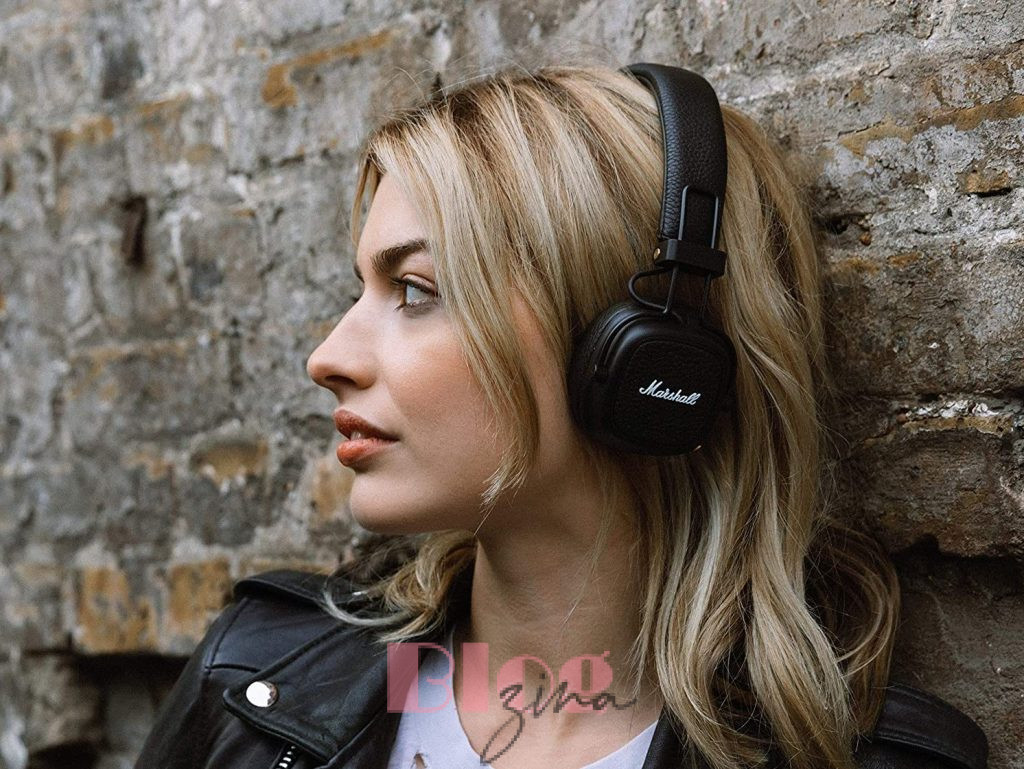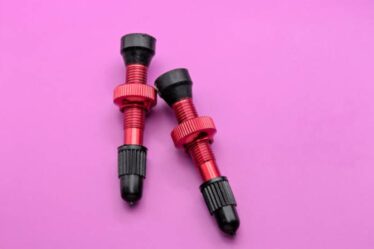
In today’s world of endless audio options, choosing the right type of headphones can be overwhelming. Among the various types available, on-ear and over-ear headphones stand out as popular choices for many consumers. Both offer unique features and advantages, catering to different preferences and needs. This article aims to compare on-ear and over-ear headphones comprehensively to help you make an informed decision based on your specific requirements.
Comfort and Fit
On-ear headphones: On-ear headphones typically feature smaller ear cups that rest on the ears rather than enveloping them entirely. While they are generally lightweight and compact, some users may find them less comfortable for extended wear, especially if they exert pressure on the ears.
Over-ear headphones: Over-ear headphones, on the other hand, come with larger ear cups that enclose the ears completely. This design distributes the headphone’s weight more evenly, providing superior comfort, especially during prolonged listening sessions.
If you’re keen on a detailed comparison of headphones, with a focus on comfort and fit, you might appreciate an article comparing the Beats Studio 3 vs AirPods Pro. Both models excel in providing exceptional comfort and fit.
Noise Isolation
On-ear headphones: Due to their smaller ear cups, on-ear headphones may not offer as much passive noise isolation as their over-ear counterparts. However, some models come with noise-canceling technology to mitigate external sounds effectively.
Over-ear headphones: Over-ear headphones excel in noise isolation, thanks to their larger ear cups that create a better seal around the ears. This feature makes them ideal for immersive listening experiences, whether you’re in a noisy environment or simply want to focus on your music.
If you’re looking for a detailed comparison of headphones, specifically focusing on their noise isolation capability, you might find an article comparing the Bose 700 vs Bose QuietComfort 45 worthwhile. Both models excel in providing exceptional noise isolation.
Sound Quality
On-ear headphones: While on-ear headphones can deliver impressive sound quality, their smaller drivers and less effective noise isolation may result in slightly inferior audio performance compared to over-ear models.
Over-ear headphones: Over-ear headphones typically boast larger drivers and better sound isolation, allowing for more dynamic and immersive sound reproduction. If audio fidelity is a top priority for you, over-ear headphones are likely the better choice.
Portability
On-ear headphones: On-ear headphones are generally more portable than over-ear models due to their compact size and lighter weight. They’re convenient for travel and on-the-go use, fitting easily into bags or pockets.
Over-ear headphones: While over-ear headphones may be bulkier and less portable than on-ear counterparts, advancements in design have resulted in more foldable and compact options. However, they may still be less practical for frequent travelers or commuters.
Durability
On-ear headphones: On-ear headphones are often more prone to wear and tear due to their smaller size and narrower headband. However, high-quality materials and construction can still ensure durability and longevity.
Over-ear headphones: Over-ear headphones typically feature sturdier construction and thicker headbands, making them more durable in the long run. If you’re looking for headphones that can withstand daily use without compromising performance, over-ear models are a solid choice.
Style and Design
On-ear headphones: On-ear headphones come in a variety of sleek and stylish designs, catering to fashion-conscious consumers who prioritize aesthetics. They’re available in an array of colors and finishes to suit individual preferences.
Over-ear headphones: Over-ear headphones often feature a more traditional and professional look, with larger ear cups that offer ample space for branding and customization. While they may not be as compact or fashion-forward as on-ear models, they exude a sense of sophistication and class.
Battery Life
On-ear headphones: Some on-ear headphones come with built-in rechargeable batteries that offer decent playback time on a single charge. However, battery life can vary depending on usage and features like noise cancellation.
Over-ear headphones: Similarly, many over-ear headphones come with rechargeable batteries that provide extended listening sessions without the need for frequent charging. Advanced models may offer impressive battery life, making them suitable for long trips or extended use.
Price Range
On-ear headphones: On-ear headphones are available in a wide price range to accommodate different budgets and preferences. From budget-friendly options to premium models with advanced features, there’s something for everyone in the on-ear headphone market.
Over-ear headphones: Over-ear headphones tend to be more expensive than on-ear counterparts, primarily due to their larger size and advanced technology. While there are affordable options available, premium over-ear headphones can come with a hefty price tag.
Conclusion
In conclusion, both on-ear and over-ear headphones offer unique advantages and cater to different preferences. If you prioritize portability, comfort, and a sleek design, on-ear headphones may be the right choice for you. On the other hand, if you seek superior sound quality, noise isolation, and durability, over-ear headphones are likely the better option. Ultimately, the decision comes down to your individual needs, preferences, and budget.
Unique FAQs
Q. Are over-ear headphones better for noise cancellation?
Ans. Yes, over-ear headphones typically offer better passive noise isolation and are more effective at canceling out external sounds, making them ideal for noisy environments.
Q. Can on-ear headphones be as comfortable as over-ear headphones?
Ans. While comfort preferences vary from person to person, some users find on-ear headphones equally comfortable, especially if they’re lightweight and well-padded.
Q. Do over-ear headphones always provide better sound quality?
Ans. Not necessarily. While over-ear headphones generally offer superior sound quality due to their larger drivers and better noise isolation, some high-end on-ear models can rival their performance.
Q. Are on-ear headphones suitable for exercise or outdoor activities?
Ans. It depends on the specific model. While on-ear headphones are generally more compact and lightweight, they may not provide the same level of stability and sweat resistance as specialized sports or in-ear headphones.
Q. Do over-ear headphones come with longer battery life?
Ans. In many cases, yes. Over-ear headphones often have larger batteries due to their size, allowing for longer playback time on a single charge compared to on-ear models.


